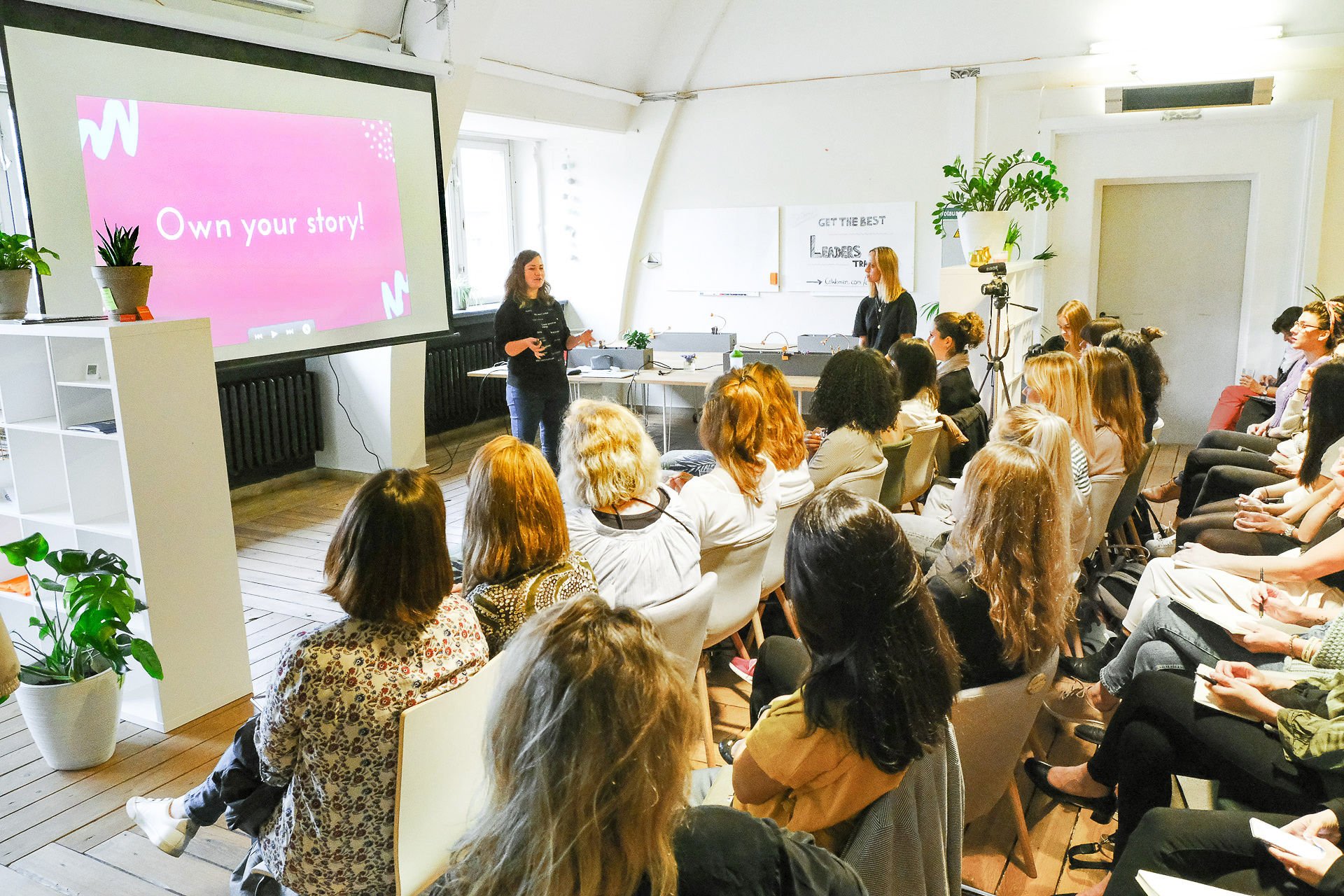Why I think women should be the ones redefining leadership
Sara – October 2018
Why women? We get asked this a lot at CoWomen, and I have many answers. To discuss this topic, it’s necessary to generalize. So, just to be clear: We’re all individuals, and men can be feminine and feminists, and women aren’t feminine or feminists just based on the fact they’re women. However, a new rise of feminism in the West is showing that there are still many issues for women to tackle. But, getting back to the initial question: why do we at CoWomen focus on supporting women? One reason that has continued to occupy my thoughts for weeks now is that we need to have more women working in jobs with higher managing responsibilities, but – and this is important – we need them there for the right reasons. Fairness is an issue connected to it, but it is not the most pressing neither the most interesting issue to me. Having more women in decision-making is about much more than fairness.
Tarana Burke during her opening key note at the Bits&Pretzles Founders Festival in Munich this year said that while companies often understand they need more diversity in their teams, they often don’t understand for what reasons they should invest in it aside from equal numbers and maybe some higher productivity.
My answer: It’s about PURPOSE. I’m becoming more and more confident that there should be more women in positions where decisions are made because they think differently. Over the past weeks, I’ve been to so many inspiring events, conferences, and places where it has become clear to me that women don’t just fight for their own equality in fields they’re a minority in – women fight for more. A friend forwarded this interesting article by Jessica Tillyer for Fast Company to me, stating why women can be better designers. She names ten behavioral shifts that underlie the decision-making process of female founders and designers. These values enable them to not just think of better solutions for women, but better solutions for everyone:
From a focus on few to the inclusion of many
From focusing on functionality to embracing beauty
From self-protection to vulnerability
From top-down dictation to all-around collaboration
From reliance on reason to consideration of intuition
From designing for profits to designing for purpose
From taking credit to amplifying voices
From rigidity to adaptability
From protection of status to advocacy for others
From acting with fear to leading with love
As she says: “These 10 shifts will enable the next generation to be, not just design leaders, but designers of leadership.”
Among those ten shifts, I see a lot of intersection with how we’ve been designing the CoWomen space and the community around it. But this is just a small example. These shifts should also play a much bigger role in designing our job market, our products, and our quality of life. We see similar arguments also in the dynamics of rethinking classic leadership. New work developments expect leadership to be more than just expertise and experience.
In a workshop with Nora Dietrich at CoWomen last week, we discussed, that leaders are more and more expected to be emotionally intelligent and empathetic. They are asked to act as strong individuals within a company and take on own perspectives instead of being micromanaged from a higher level. All of this is necessary in time of great uncertainty and complexity. Leaders of the future need to make a lot of decisions that are not based on existing data. They need empathy, adaptability, and intuition. These are traits classically attributed to women, but it’s by having more female leaders that they can become something men and women alike strive for – creating a better future of work for everyone.











